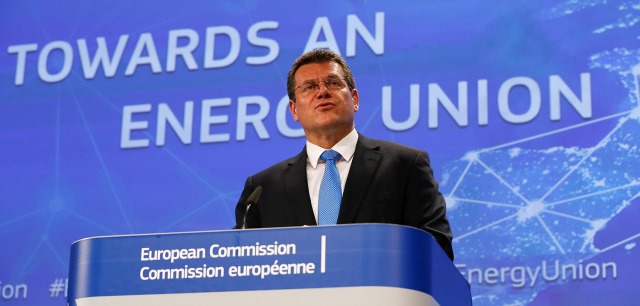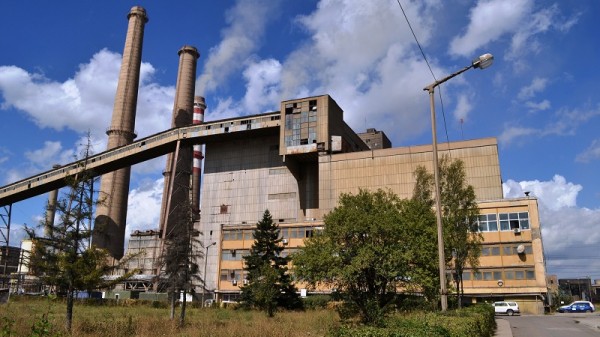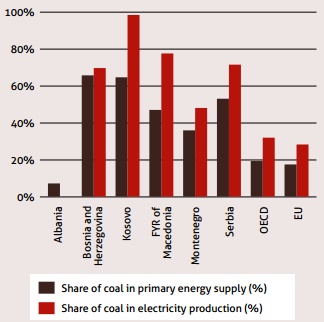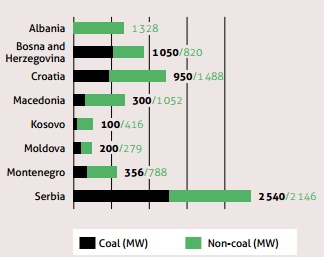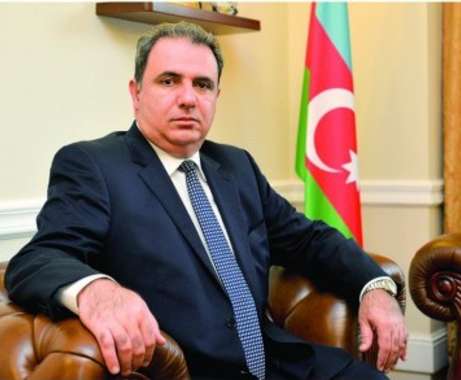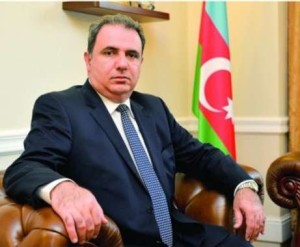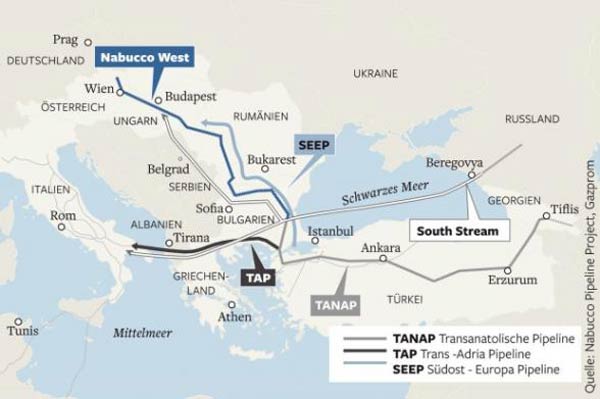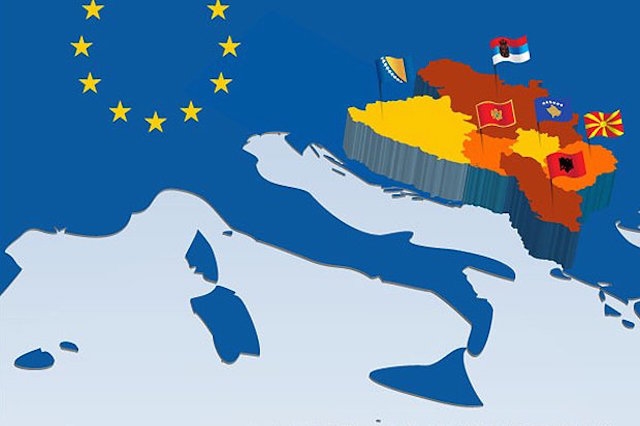
Europe to Fund Balkan Transport, Energy Projects
 Following the Vienna summit, the Western Balkans has been promised 200 million euro in co-financing for 10 transport and energy projects, to improve growth and energy security.
Following the Vienna summit, the Western Balkans has been promised 200 million euro in co-financing for 10 transport and energy projects, to improve growth and energy security.
After the Western Balkans summit, which took place in Vienna on August 27, it has been announced that European institutions will grant around 200 million euro for 10 transport and energy infrastructure projects in six Western Balkans countries.
The total value of the agreed projects is around 600 million euro and they are to be conducted in Serbia, Montenegro, Macedonia, Albania, Kosovo and Bosnia.
The projects will be co-financed under the 2015 Instrument for Pre-Accession programme, IPA, and Western Balkans Investments Framework and by European financial institutions such as the European Investment Bank, European Bank for Reconstruction and Development, EBRD, and the German government-owned development bank, KfW.
The Western Balkans Investments Framework was developed jointly with the European Commission, the EBRD and the Council of Europe development bank, as well as by EU member states and Western Balkan countries themselves.
Among the projects to be developed with EU financial help are the Albania-Macedonia power interconnection and the grid section of Trans-Balkan Electricity Corridor in Montenegro and Serbia.
Twenty-four different other infrastructure projects were confirmed as of great importance for the region.
Completion of these projects should stimulate GDP growth by 1 per cent in each Western Balkan country and create around 200,000 new jobs in total, Serbian media reported.
Among the so-called “pre-identified” projects are the highway from Nis in Serbia to the Albanian coastal city of Durres through to the Kosovo capital of Pristina and the highway from Croatia to the Greek border via Montenegro and Albania.
The EU will also co-finance the Bosnia-Croatia road interconnection on the Mediterranean corridor as well as the rail interconnection between Serbia and Macedonia.
Western Balkans officials voiced satisfaction with the offer.
Milo Djukanovic, the Montenegrin Prime Minister, said his country stood to get 45 million euro from the EU for improving rail transport and electric transmission.
He said that without economic support from European institutions, the Western Balkans could not truly develop and provide a better life for its citizens.
“I consider this a very valuable contribution of the EU to the further improvement of transport and railway infrastructure,” Djukanovic said.
Mijat Lakicevic, a Belgrade-based economist, said it was a good news that the EU will co-finance some projects since regional transport infrastructure is worse now than it was 20 or 30 years ago. “Infrastructure is a precondition for development,” Lakicevic told BIRN.
On the other hand, he warned that 200 million euro was not enough to go round the entire region.
“We also have a problem with the quality of proposed projects and the region is already faced with unsuccessful and unfinished projects,” Lakicevic said.
The summit in Vienna is a part of the Berlin Process, a five-year process started last August and marked by yearly summits in order to underline the EU’s commitment to enlargement.
The focus of the initiative is on the six Balkan countries that are not yet EU members: Albania, Bosnia, Kosovo, Macedonia, Montenegro and Serbia. The next summit is scheduled for France next year.

